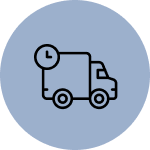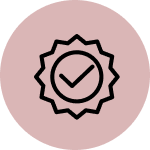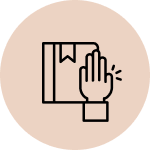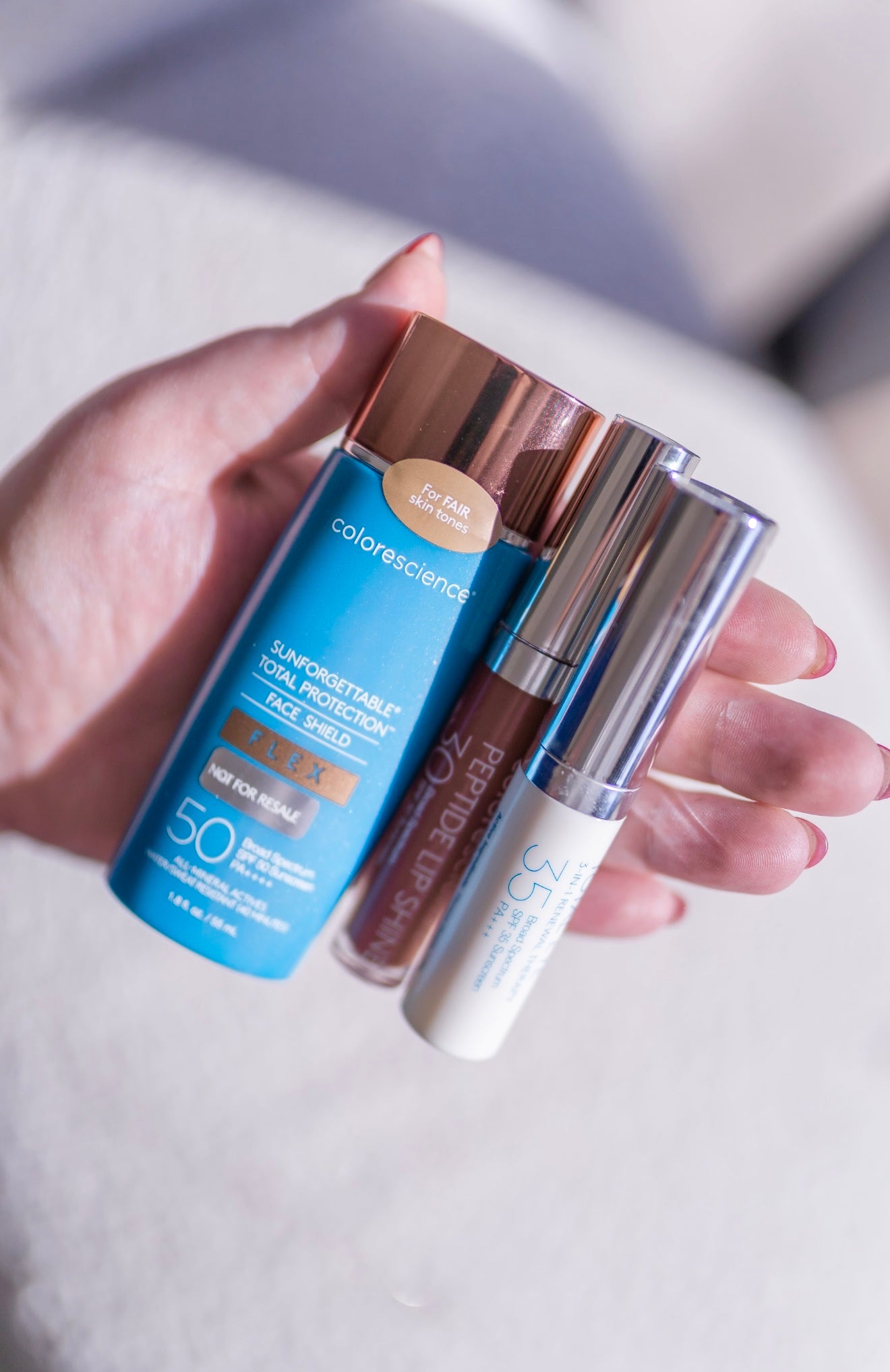January 05, 2026
What Is the Purpose of a Multi-Step Acne Routine?
If you’ve ever looked at your bathroom counter and thought, “Do I really need all of this?” — you’re not alone.
At We Love Acne, one of the most common questions we hear is:Why can’t I just use one or two products and call it a day?
The truth is: acne isn’t a one-step problem, so it can’t be fixed with a one-step solution. A multi-step acne routine isn’t about doing more — it’s about doing the right things in the right order to create clear, healthy, balanced skin.
Acne Is Multifactorial (and Your Routine Has to Be Too)
Acne doesn’t come from just one issue. It’s typically caused by a combination of:
Excess oil production
Clogged pores
Acne-causing bacteria
Inflammation
A compromised skin barrier
A multi-step routine targets each of these factors strategically, instead of over-treating one and ignoring the others.
Think of it like a team — every product has a job.
Step 1: Cleanse — Reset the Skin
Cleansing isn’t just about removing makeup or sweat. The right acne cleanser:
Removes oil and debris that clog pores
Prepares the skin to actually absorb treatment products
Maintains the skin’s pH balance
Skipping or under-cleansing can leave residue behind. Over-cleansing can trigger more oil production. This step sets the tone for everything that follows.
Step 2: Correct — Treat the Acne at the Source
This is where acne-fighting ingredients come into play, such as:
Benzoyl peroxide
Salicylic acid
Sulfur or other corrective actives
These products are designed to:
Reduce acne-causing bacteria
Prevent future breakouts
Calm inflammation
Step 3: Hydrate — Yes, Even Acne-Prone Skin Needs It
One of the biggest acne myths?👉 “Hydration causes breakouts.”
In reality, dehydrated skin often produces more oil, which leads to more congestion and more breakouts.
A proper hydrator:
Supports the skin barrier
Reduces irritation from acne treatments
Helps skin heal faster
Balanced skin = calmer skin.
Step 4: Protect — Prevent Future Damage
Sun exposure can:
Worsen post-acne marks
Increase inflammation
Slow down healing
A non-comedogenic SPF protects your results and prevents setbacks. Acne care isn’t just about clearing skin — it’s about keeping it clear.
Consistency > Complexity
A multi-step routine doesn’t mean complicated or time-consuming.
It means:
The right products
Used in the right order
Consistently
Clear skin is built through daily habits, not quick fixes.
Ready to Build Your Routine?
If you’re unsure which steps or products are right for you, our team makes it easy.Take our custom skin quiz or request a personalized product match — and stop guessing your way through acne care.
Clear skin isn’t about doing more.It’s about doing it right — step by step.
Read More

















